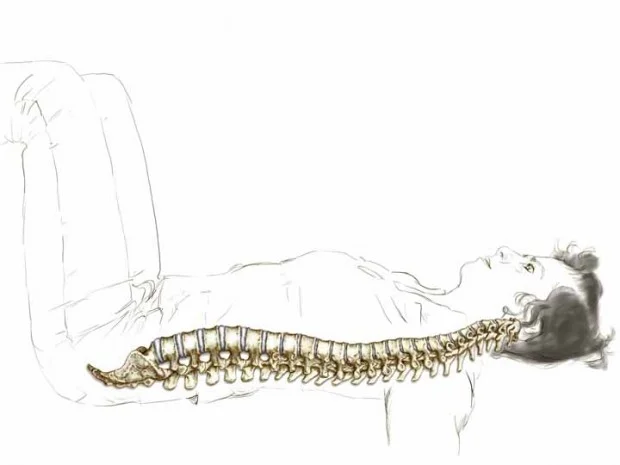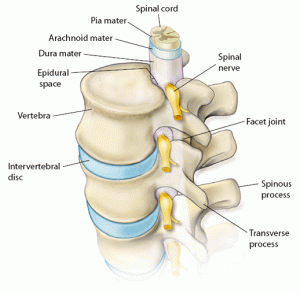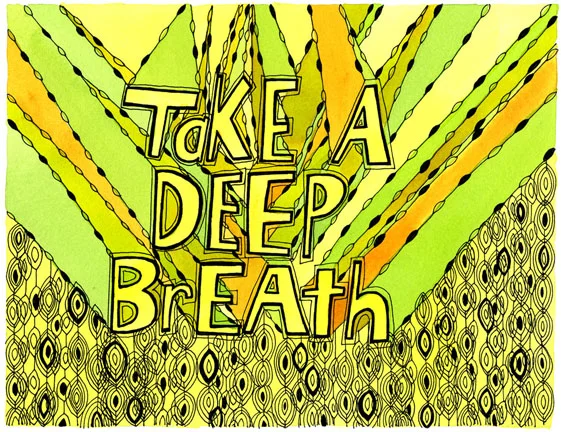A Tactile Solution to Shoulder Tension
/When you grasp a steering wheel (or anything else) tightly, you’ll feel tension generated from your hands up into your elbows, shoulders, neck and jaw. There are direct myofascial and neural connective trains between the hands and the head. Such muscle chain engagement delimits your steering movements, dulls your perception of the road, and contributes to your aching shoulders. Notice this woman’s eye and jaw tension as well as her too tightly gripping hands…
Read More













